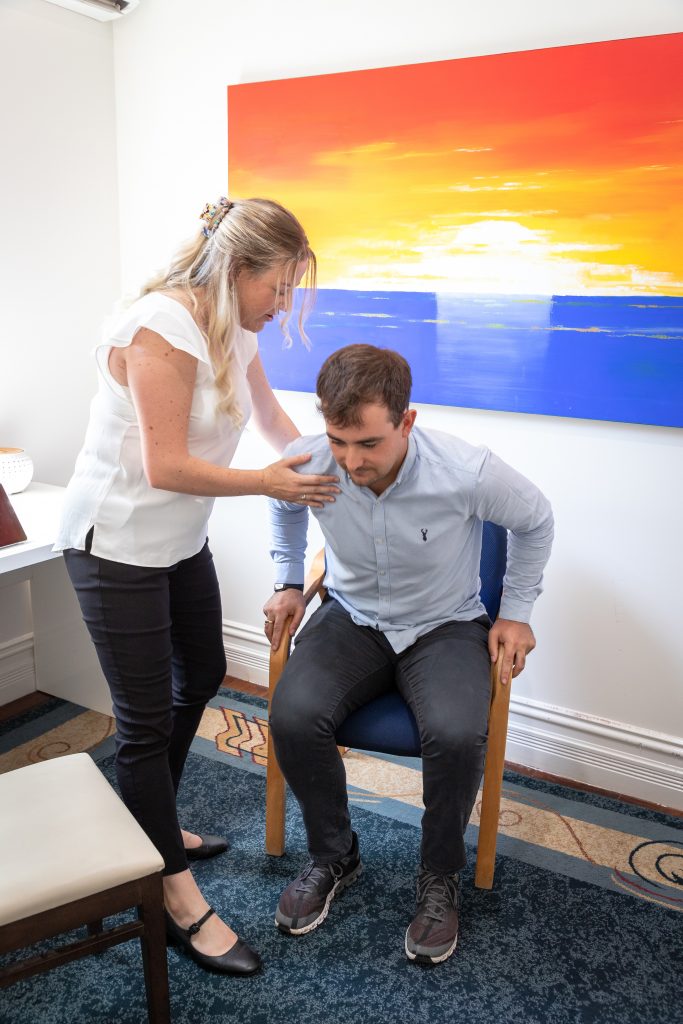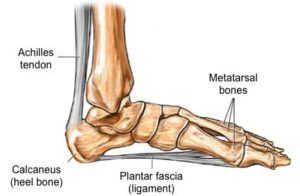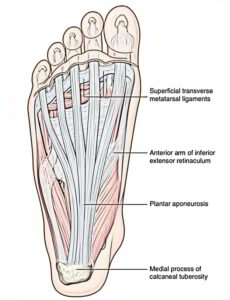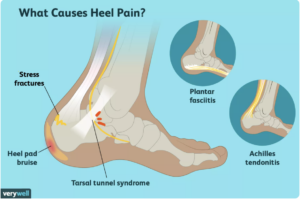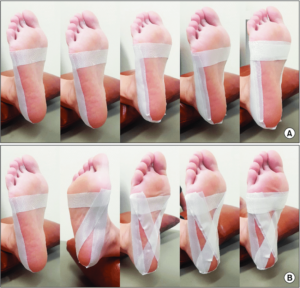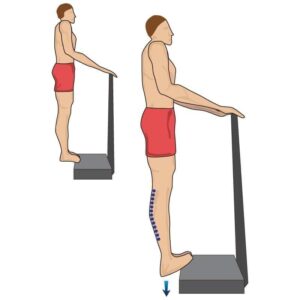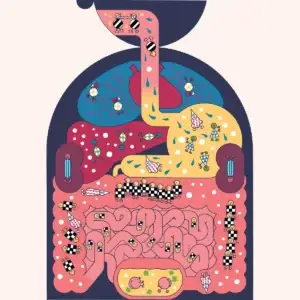Can a Chiropractor Help with Whiplash?
The short answer is yes. A chiropractor can help treat whiplash. Whiplash injuries are one of the most common presentations at The Wellness Place.
What is a whiplash injury?

A whiplash injury occurs when a force is applied to the neck involving a sudden forwards and backwards whipping movement such as during a car accident. This is commonly termed an acceleration-deceleration injury.
You may be surprised to know that a whiplash injury may also result from a blow to the head (such as sporting games) or from the head hitting the ground (such as falling from height or swings).
This causes damage to multiple structures in the neck resulting in pain and inflammation and associated with restricted movement due to muscle spasms around the neck as well as facet joints in the neck (the joints at the back of your neck) being jammed and inflamed. Ligaments, discs and nerves in your neck are equally affected and can contribute to your pain and disability.
Pain and dysfunction associated with whiplash injuries may last from a few weeks to months or even years. The pain can be quite difficult to pinpoint and not necessarily related to the speed of the collision but rather the person’s response just before and at the time of injury.
In addition to this, the person’s previous history, age, gender and general health can have direct and indirect influence on their presentation.
Why a whiplash injury assessment is the first step to successful recovery
While there are many whiplash treatment suggestions, your chiropractor will first conduct a thorough history to determine the mode of the injury. The direction of the collision (if a motor vehicle accident was the cause), your history, your presentation and your restricted movements. Nervous system involvement or muscle spasms need to be all assessed and taken into consideration.
Your muscular system is usually one of the first systems affected when you suffer from a whiplash injury. That is why muscle spasms leading to restriction of movement is a common presentation associated with whiplash.
Nervous system involvement usually is an indicative of the extent of damage with patients presenting with pins and needles, numbness or referred pain not to mention other unusual symptoms such as balance, vertigo or vision disturbances.
Following this, your chiropractor conducts a through neurological test and orthopaedic assessment. This at times can be difficult due to the degree of pain a patient can present with, however it is still quite important to determine the true cause of your pain.
Your chiropractor will then advise the best mode of action and therapy you need. In the initial phase, treatment is directed at reducing pain through gentle stretches, ice or heat and physiological therapeutics (including TENS therapy, Interferential electrical stimulation and ultrasound therapy). As your pain starts to subside, the chiropractor aims to improve the mobility of your neck by utilising gentle stretching, mobilisation and soft tissue therapy.
You may be referred for therapeutic massage to assist with your chiropractic treatment. Chiropractic adjustments can be utilised as your tolerance improves to correct faulty movement patterns.
How does a chiropractor treat whiplash?
Different chiropractic whiplash treatments are used by different health professionals. The type of technique utilised is usually determined by the patient’s presentation and preference.
Spinal manipulation techniques are found to be very effective at addressing the neck pain stemming from the spinal joints and are often a primary whiplash treatment option. Other manual therapy methods such as spinal decompression and traction and mobilisation are all shown to be highly effective ways to treat injured soft tissues.
Some chiropractors may use instrument assisted therapy such as an Activator instrument which has been received well by patients who prefer a gentle approach to their chiropractic care especially when they are so inflamed. Some chiropractors may perform gentle repeated strokes to the neck muscles in order to improve abnormal motion and excessive tension in the region.
Therapeutic massage aims to alleviate muscle tension. Chiropractic treatments can be complemented by an effective soft tissue therapy resulting in muscle relaxation. This can assist the patient’s speed of recovery.
Advice to address your poor posture can be invaluable when dealing with whiplash injury presentations.
FAQs about chiropractic treatment for whiplash injuries
What are some common whiplash symptoms?
While some patients may experience immediate aches and pain and associated symptoms such as shoulder pain, headaches, neck pain, or muscle pain, you may be surprised to know that many patients can experience pain in days and weeks after the accident. Pins and needles, numbness, referred pain to the face, jaw or arms as well as absurd neurological signs and symptoms such as blurred vision or vertigo have been reported. Some studies also have shown patients can experience dramatic symptomatology years after an accident. It is extremely important that you get checked even if you do not experience any pain or symptoms immediately after an accident as unfortunately, in many cases your symptoms may appear weeks or months later.
What is the best whiplash treatment?
A thorough examination determines what the best treatment for your condition may be. Depending on the extent of your injury, you may find yourself having muscles, joints, ligaments, muscles or other associated structures injured. Each of these require a delicate and specific approach and treatment plan.
You may require some imaging to be performed to ascertain the extent of your damage as well as your pre-existing condition. Depending on your presentation and assuming that there is no contraindication to conservative therapies, your Chiropractor and/or physiotherapist can guide you who would be best suited for your condition.
At The Wellness Place, we believe in a patient-centric environment. This means that your practitioner would unbiasedly inform you if another discipline can assist you better for your presentation and the stage of your care.
How long does whiplash take to heal?
Your pre-existing condition and your history as well as the extent of your injury and the damage you have sustained, would collectively determine how long it would take to heal. We usually find our patients responding really well to care within the first week or two. In this initial phase, the practitioner would mainly focus on reducing your pain and inflammation. This means that you would experience less symptomatology as well as enjoy better range of motion, sleep and functionality.
What is the fastest way to recover from whiplash?
Early intervention is crucial when it comes to managing whiplash. In most cases, the longer a patient delays presenting to care, the more the chance of their presentation getting more chronic and harder to treat.
As previously stated, many patients can experience none to very minor symptoms post an accident. However, In our experience the very same patient can present with complex and difficult presentation a few weeks later. This is the reason we recommend the early intervention to be a necessary aspect of your care plan.
Appropriate care plan with a thorough and detailed approach to your condition would have you back to normal in no time!
How do I realign my neck after whiplash?
Your chiropractor may recommend undertaking some X-ray studies post your accident. This allows your chiropractor to provide you with a more definitive diagnosis of your condition and ensure chiropractic care is a suitable therapy of choice.
Chiropractic adjustments in conjunction with therapeutic massage has been shown to be one of the most effective whiplash treatments. While some patients may prefer physiotherapy or occupational therapy treatment plans, your health professional would guide you what the best discipline would be for your condition and presentation.
Should I see a chiro or a physio for whiplash treatment?
At the Wellness Place, we operate on a patient centric mandate. We promise to provide our patients with a thorough assessment to allow your health professional advise you on the best approach to care.
In our experience, patients would simply like to see results and are open to honest and educated recommendations. We always offer the patient most suitable care for their presentation.
Occasionally, some patients have a preference of seeing a physio or chiro. All our practitioners are highly qualified, experienced and undertaken advanced and post graduate training. This means that we will be able to assist you in reaching your goals regardless of who you choose to see.
Why not book an appointment online and get a professional medical assessment and the right whiplash treatment plan, today?



